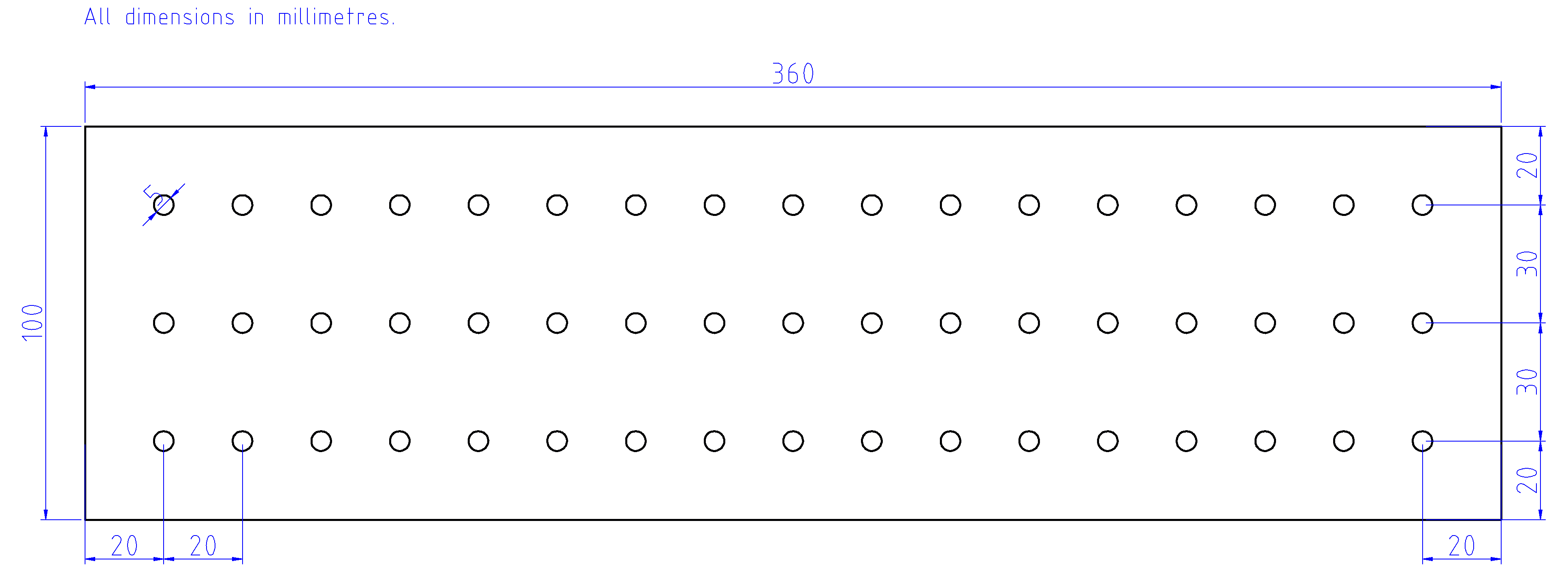This project shows a concrete implementation of the ideas and goals on the Open Glider Network wiki page discussing how to build an OGN receiver.
Below is my current reference design which incorporates more than 12 receiver-years' worth of experience. The receivers are located outdoors, in the moderately harsh environment of the Western Cape, South Africa.
- Far range: Minimise Radio Frequency (RF) path losses, and noise introduction.
- Affordable: Few, low-cost components, and some cheap building supplies.
- Simple: Largely plug-and-play components. No RF soldering, or coax-ground loops.
- Reliable: Standards compliant electronics, DIY casing.
The CAD files for the below diagrams are in their respective directories.
All dimensions are in millimetres.
| Item | Description |
|---|---|
| Raspberry Pi | Version 3B, 3B+, or 4 |
| FlightAware USB | With built-in Low Noise Amplifier (LNA), but without the 1090 MHz bandpass filter |
| SD card | 8 GB, or greater |
| Backplane | See description below |
| Outdoor Enclosure | See description below |
| PoE splitter | Active, standards compliant (IEEE 802.3af) |
| Antenna-to-SDR adaptor | Male N-type to male SMA adaptor |
| Antenna | 868 Mhz depending on your location. Available online from China. |
| PoE injector | Active, standards compliant (IEEE 802.3af) |
| Ethernet cable | Rated for outdoor usage |
| Cable/zip-ties | width less than 5 mm |
The Raspberry Pi and other components are mounted upon the backplane. It provides strain relief, and durability due to its rigidity.
One may be tempted to drill only those holes that are immediately required, but in my experience, a re-configurable backplane, decoupled from the immediate components choice, is a better long-term solution. For example, the Raspberry Pi 4 upgrade swapped the USB and Ethernet positions, implying that the lower holes [only!] now need to be mirrored. A drill shouldn't be needed to swap out a RPi3 for a RPi4.
Other rigid, non-conductive material may be used instead of wood.
Unless the end-cap is holding up the enclosure (on, say, an internal mounting), it stays on tightly enough without adhesive being required, which makes future upgrades easier.
Raspberry Pi cable-tied to backplane and installed within the enclosure.
Parts not shown in CAD drawing:
- PoE splitter, with 5V USB power output (RPi4 requires Type-C plug, the rest, micro-USB)
- Ethernet cable
- FlightAware USB RTL SDR
- Male N-type to male SMA connector (one piece, not a pig-tail)
- Antenna cable
Assembling and securing the internal components.

Final installation, as high up as possible.

To PicoJump for providing remote SSH and HTTP access, and up-time monitoring.
Please contact me, or open an issue, if you have any questions or suggestions.


